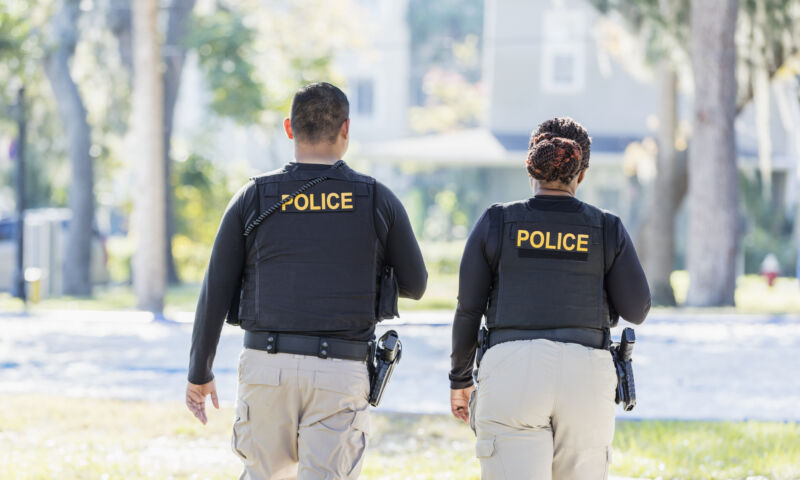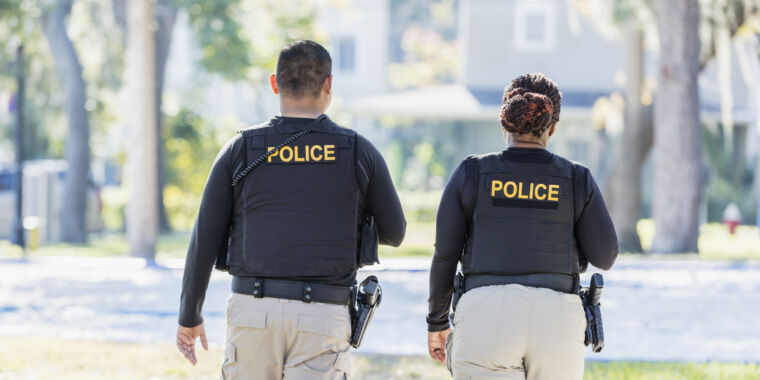
Over the last few decades, there’s been a heavy emphasis on techniques that fall under the concept of “proactive policing.” These generally involve identifying the areas of a city that have the highest crime rates and applying more aggressive policing in those locations. While there have been some successes, the approach has often bred resentment, as methods like stop-and-frisk policing generated antagonism between the police and the communities they were meant to help.
In a 2018 report on proactive policing, the US’s National Academies of Science examined approaches meant to keep intensive policing from creating friction with communities. The report found that one promising technique, called “procedural justice,” lacked evidence of efficacy—we couldn’t tell whether it consistently reduced crime and/or improved community relations.
So, some of the people behind the National Academies report decided to change that, running their own controlled study on procedural justice in three US cities. The results aren’t decisive, but they suggest the technique might reduce crime and community friction.
By the books
Procedural justice applies to far more than policing, but its basic principles have an obvious use. The basic idea is that any process, including policing, should be transparent enough that everyone involved believes that things are handled fairly. When applied to policing, this includes the respectful treatment of people targeted by it. In practical terms, the paper’s authors say it involves the police demonstrating neutrality and trustworthy motives, while respecting those in the community and allowing them a chance to voice concerns.
To find out whether this approach is effective, the research team worked with the police departments in two large US cities (Phoenix and Houston) and one smaller city (Cambridge, Massachusetts). Using crime data, the researchers and police identified crime “hotspots” in residential neighborhoods and assigned officers to do intensive policing in those areas.
At random, some of those officers were chosen to undergo intensive, 40-hour training on the use of procedural justice in policing. Prior to the onset of the study, residents of those hotspots were surveyed on their attitudes toward police; the survey was repeated after the study period as well. During the policing period, all the officers had a researcher ride along for at least one shift to evaluate how well the police implemented their training.
Finally, changes in crime rate compared to the pre-experiment baseline were calculated.
It seems to work (with caveats)
One thing that clearly works is the training. Officers who went through it were much more likely to allow community members to have their say in disputes, displayed more respectful behavior, and were better at indicating neutrality in their interactions. (Or at least those interactions that a researcher observed.) One of the caveats to this study is that the officers could have been more careful about using procedural justice approaches when they knew they were being watched. But at least it was clear that officers knew how they should act.
But arrest statistics suggest that this difference persisted even when the police weren’t observed, as arrest rates among officers who received the training dropped by more than 60 percent. This indicates a far less aggressive approach to the community, despite the enhanced presence of officers in the neighborhoods. The areas where officers had undergone procedural justice training also saw crime drop by 14 percent compared to areas where other police were assigned for intensive policing.
The one thing that wasn’t clearly improved was how the community viewed the police. In areas where police untrained in procedural justice were assigned, community surveys indicated that people viewed the police as harassing community members and using unnecessary force. This didn’t happen in areas where the officers had received the training, but overall community views of the police didn’t budge.
While collectively these tests were able to reach statistical significance on most measures, the study was too small to do effective city-to-city comparisons, or to break out numbers based on crimes. The pandemic also started after the tests wrapped up, which dramatically reduced the response rate for follow-up surveys, so the community attitudes should be taken with a grain of salt.
Still, the work provides some reasonably solid evidence that the approach makes for effective policing and may ultimately shift community attitudes, if given enough time. While we’ll want to see repetition before pushing for extensive policy changes, it’s refreshing to see researchers responding to a lack of information on such an important topic by doing the hard work needed to change the situation.
PNAS, 2022. DOI: 10.1073/pnas.2118780119 (About DOIs).








